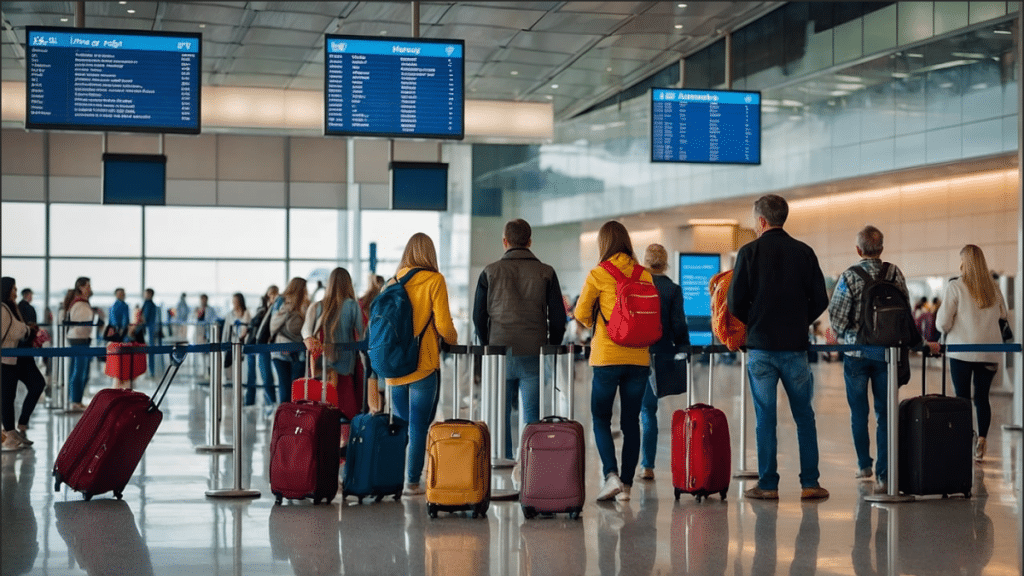Global travel is at an all-time high, as people travel due to business or pleasure to different parts of the world. International traffic has boomed in the past five decades, going from 0.2 billion international passengers in 1980 to two billion international passengers in 2020; that’s a 900% growth.
This accentuated the need for accurate and streamlined passenger processing by government and security agencies around the world, leading to the further development of machine-readable zone (MRZ) technologies, primarily as part of the development of machine-readable passports (MRPs), which were ultimately introduced in 1980.
The technology has since advanced, and the numerous benefits it offers make MRZ scanners integral in efficient document checking and enhanced border security. Today, we’re here to discuss those benefits.
Enhanced Speed and Efficiency
MRZ scanners use machine-vision technologies to scan the machine-readable zone (the specifically formatted text on a document) to extract information and cross-reference said information across multiple databases.
This streamlines the document-checking process at airports, immigration checkpoints, and security stations, mainly by eliminating the manual data entry process that’s not only time-consuming but also prone to human error.
By scanning the MRZ on a document, the officer can retrieve information such as the traveler’s name, personal information, passport number, and much more. This allows for more efficient processing, especially in high-traffic areas, where this increase in efficiency really makes a difference.
Improved Accuracy and Error Reduction
Manual data entry leads to mistakes, which are the most common cause of delays and security concerns. MRZ scanner eliminate the possibility of transcription errors by automatically reading the information that’s encoded in the MRZ of a particular document.
That’s because the MRZ uses a standardized format and includes check digits, which are basically verification codes that ensure data accuracy. These are used to detect and check any inconsistencies in the embedded information, further reducing the chances of errors during the scanning process.
It’s important to note that these check digits are also used for security purposes, as incorrect readings might imply a stolen or fraudulent document, leading us to the next benefit MRZ scanners offer.
Security
Upon scanning the MRZ of a document and extracting the embedded information, the scanners also cross-reference the information with international databases in real-time, especially against watchlists or databases of stolen or lost documents. This helps authorities identify potential threats or individuals who are attempting to travel using stolen or falsified passports.
The security aspect of MRZ scanners can be further enhanced by combining the system with biometric systems, such as facial recognition or fingerprint scanners, which adds an additional layer of verification.
Cost-Efficiency and Scale
MRZ scanners offer long-term cost benefits for government and border agencies, as they usually require minimal maintenance, they’re operated efficiently, and they reduce the need for a large number of employees who would otherwise inspect the documents manually. Their scalability also means that the same technology can handle additional loads in case travel volumes increase without compromising efficiency or security.
Endnote
It’s evident that MRZ scanners offer several benefits to transportation, travel, and security systems industries by enhancing the efficiency and security associated with document verification.

